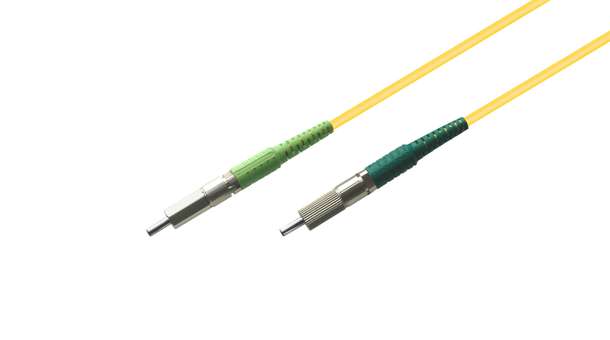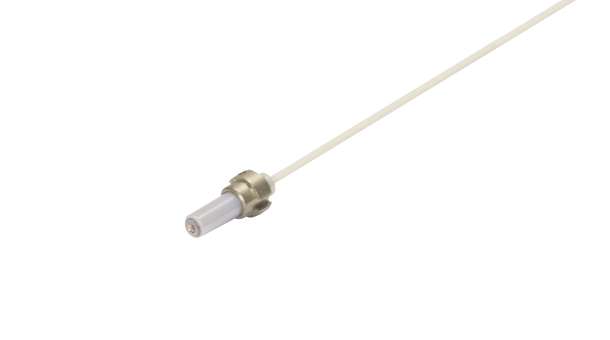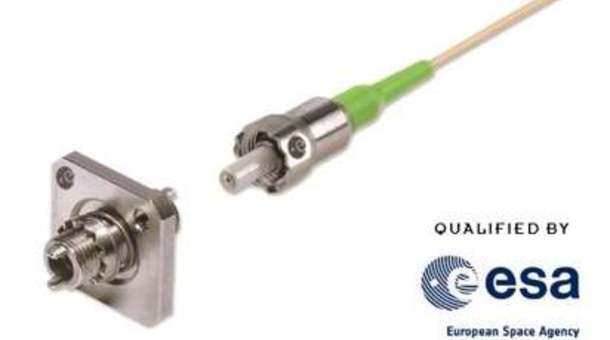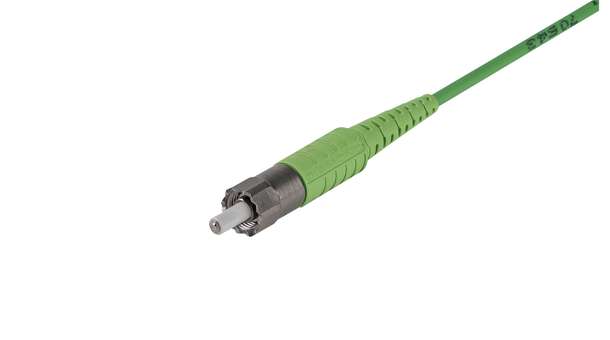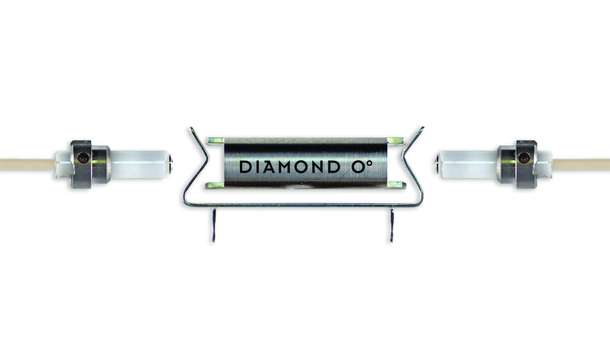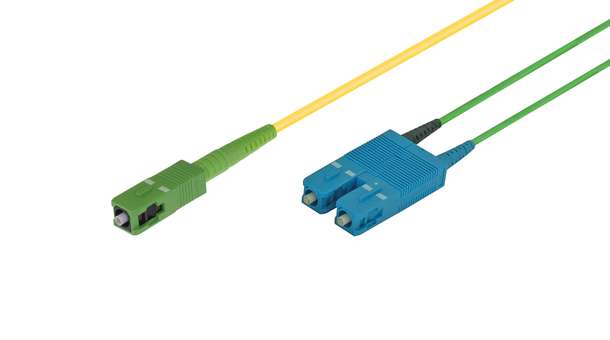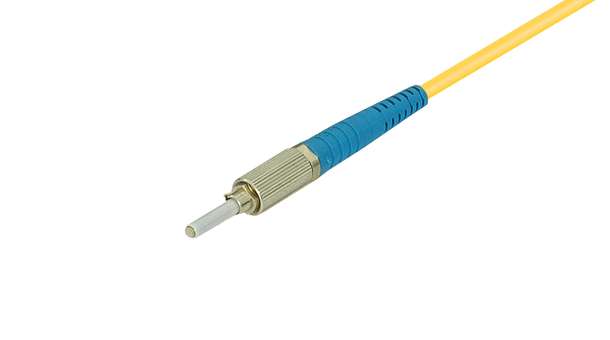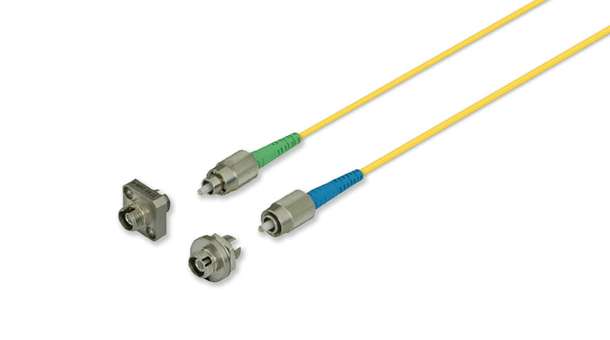- DIAMOND USA
- Technologies
- VIS/NIR Short Wavelengths
From vibration to spectrum
VIS/NIR short wavelengths are found in UV/VIS/NIR spectroscopy, where UV/VIS/NIR stands for Ultraviolet/Visible/Near Infrared, which already gives an indication of the range of application in the measurement of light spectra from 175 - 3300 nm.
The background of NIR
When Sir W. Henschel researched the energy distribution in the spectrum of sunlight in 1800, he also discovered infrared radiation (IR). This is subject to the same physical laws as visible light. One of these laws is the propagation of light in electromagnetic waves. Within the infrared radiation three different ranges are defined: NIR, MIR and FIR. The delimitations are made depending on the wavelength ranges. Therefore, the infrared wavelengths closest to visible light are called NIR (Near Infrared, 800-2,500 nm), intermediate wavelengths are MIR (Mid Infrared, 2,500 to 5,000 nm) and the farthest infrared is FIR (Far Infrared, 5,000 to 1,000,000 nm). Beyond FIR, microwave radiation is already found.
The principle: Substance characterization using NIR Short wavelengths
Irradiating substances with electromagnetic waves stimulate the molecules to vibrate. When this happens, the molecules absorb the corresponding part of the light and reflect the rest. This results in the formation of typical bands when the reflected spectrum is measured, and materials can be determined and characterized by interpreting these bands.
In application: Smallest and very large fiber cores at Diamond
Applications using single mode wavelengths in small cores are, for example, in biomedicine, measuring instruments, laser systems as well as in scanning devices. DIAMOND offers the VIS/NIR optical interface for low wavelength and small core fibers (Small Core) on most connectors and thanks to the use of DIAMOND's Active Core Alignment (ACA) processes we achieve unprecedented IL performance.
Advantages:
- Extremely low lateral offset for low insertion loss
- Ultra-fine polishing for high return loss


